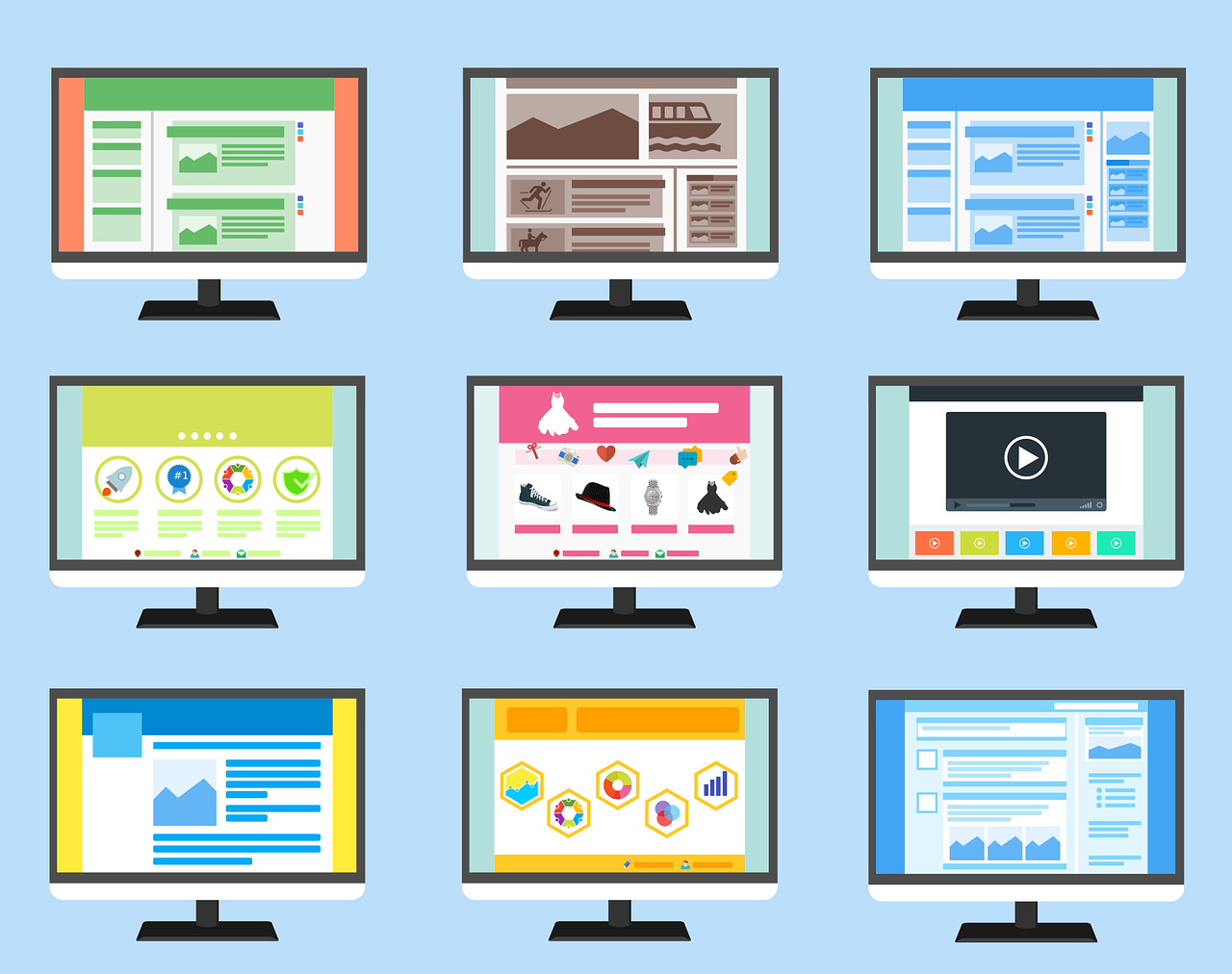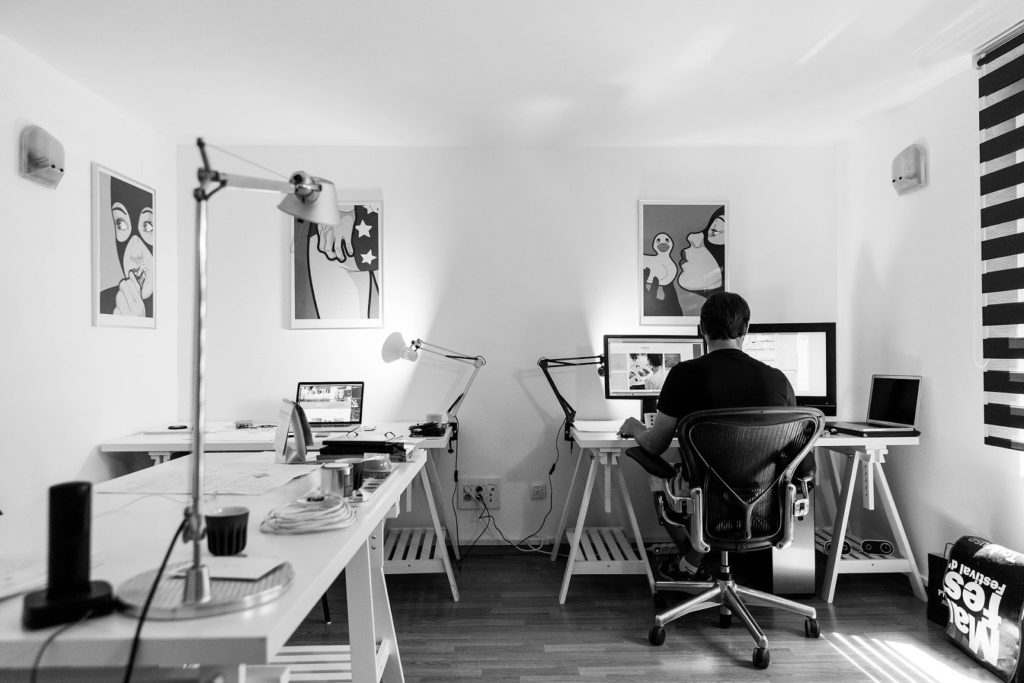Brand Discovery: Questions to Ask Clients Before Designing

Before you dig into designing a website for a new client you are going to want to get to know their brand. This is called brand discovery and all designers do it. You could spend some time browsing the web, reading yelp reviews, and trying to understand what a brand is like or you could just take some time and ask your client.
It might seem uncomfortable to get the nitty-gritty on someone but remember that they are paying you to showcase them in the best possible light and you can’t do that well without knowing some important facts about them. A good website design firm is dependent on a good relationship and communication with the client.
Not only does having a clear understanding of your client’s needs give you a great chance to succeed on the first try, but your reputation for excellence will spread, giving you more work in the future. If you’re looking for some questions to start your conversation flowing here are six suggestions for you.
1. Ask Your Clients: Why Are You Seeking A New Design?
This is the absolute first question you should ask any client because it lets you know what is and isn’t working with their current website. The answers may surprise you. Perhaps they’ve found that their site isn’t capable of a certain feature. Maybe they’ve never had a great website, to begin with.
Whatever their answers, this gives you a great jumping-off point of what they might be specifically looking for and parts of the site that aren’t needed. If the blog section has said “coming soon” for many years, it might be time to discuss whether they actually want a blog on their page.
This is also a good time to discuss if they have a website they like that they would like for you to take inspiration from. Don’t let your client get away with that old “work your magic” answer, get some honest ideas about what they like, and dislike. The word “classy” may mean completely different things to you both, so getting some visual examples can be vital!
2. What Are Your Business Goals and Objectives?
A website for a restaurant is going to have some different objectives than an upscale boutique. It’s crucial to know what the company’s goals are so the website can be a tool they use to accomplish that goal. If a company is just hoping for an informative site that will be a different design process then a restaurant with online ordering for instance.
Certainly, you can design any number of websites but if all your customer is looking for is a way to increase brand awareness then you don’t need to set up a full retail site for them. The more specific goals they have the more specific your design can be. And everyone will be happy with that outcome!
It may turn out that they want a website with special features or to be able to chat with a live representative. Knowing what the website should be able to do upon completion helps not waste any time by skipping over things that the client particularly wants to be included.
3. Ask Your Client for All the Adjectives Prior to Designing

A little English class throwback, adjectives are descriptive words like gigantic, glamorous, or lively. Adjectives are used to help describe or modify a noun. When you ask a client to describe how they see their business you can learn a lot. If they see themselves as modern but their website is anything but, you know exactly what changes you can make.
What a business believes themselves to be is just as important as your perception of them. Hopefully, your website can help merge the two ideas together in a cohesive way. Getting some adjectives is a fun way to get into a deep conversation and it may even help them gain a better idea of exactly what they’re looking for as well.
Find out what makes this company stand out from the rest of the world. Why would you choose to buy from this website, or hire this individual over someone else? Knowing what the value is of a business will help you to design featuring their specific personality and skill set. You never know what word or idea will trigger your creativity the most, so get a lot of choices.
4. Who is Your Ideal Customer?
Knowing your target audience will help your design process immensely. While obviously the client is the person who hired you, the real people you’re designing for are their customers. Perspective customers will be the ones scrolling the site and looking for information so it’s important to know the customers will be and what their needs are.
If the demographics of their ideal customer is young, you will want your design to be optimized for mobile use as well as sync with their social media platforms. Whoever their ideal customer is, you need to design the website to both appeals to the target audience while not alienating a broader scope of people who may seek them out as well.
Another followup question can be whether or not they are active on social media. If they are then you have access to an entire feed of customer interactions which will give you a clear indication of who you are trying to reach. Your client may want to specifically target people into taking action or have a place for videos, they know how to engage their customers!
5. Before Starting Your Design Find Out Who Your Client’s Competition Is
Knowing what business models are competitive with your client and what their sites look like can be helpful as you design. You don’t want to make an exact replica of their sites or style and you will want to branch out into something unique. But their competitors may have a feature that you will want to include.
While getting the answers about their competitors is up to the client, it is up to you to do your research into the competition. Don’t expect your client to be an expert on what other people are doing. Staying on top of the latest web design trends is your job after all!
5. Talk About Timeline and Budget With Clients Prior to Beginning a Design
Don’t be afraid to talk about the budget and timeline. These can be awkward conversations but better to discuss these topics before you begin than after you’ve put in hours of work. Reach an acceptable agreement before any work begins, this will protect both of you in the long run. If a client has an unreasonable timeline or budget you can walk away without guilt!
Knowing what you’ve both agreed to will also bring about an extra level of trust, so you can design without them looking over your shoulder every step of the way.
6. Do You Have A Style Guide?
Some companies have style guides they must follow o a customer may have existing images that they will want to use from their old website on their newly designed website. Knowing these things can save you time and energy. Why hunt down new photos that they don’t even want to use when the old ones will do?
This conversation starter can also guide your discussion towards color schemes and other design elements that you will want to discuss. For instance, if a restaurant has just revamped their menu, you may want to use some of the same fonts for consistency’s sake. Or maybe a hair salon is going to repaint their interior and want their new website to match their decor?
Having a responsive design that accurately reflects your client is the challenge all designers take on, so getting all their style requirements before you start can speed up your design process.
Getting Clarification By Asking Clients Questions is a Must Before Starting Any Design

Taking the time to get as much information as possible from a client is a worthwhile time investment. Even if these questions need to be answered over email, having a good idea of what they’re looking for can help you do your job well.
Keep in mind that website design is not a one and done process. Even after you’ve asked them these questions, they may still want some changes both big and small. Having their words to back up your design choices can help both of you grow and communicate well so that the finished product is something you can both be proud of.